Early ripening, cold hardy citrus
theniceguy
6 years ago
last modified: 6 years ago
Featured Answer
Sort by:Oldest
Comments (25)
Laura LaRosa (7b)
6 years agoSammers510
6 years agoRelated Professionals
Fillmore Landscape Architects & Landscape Designers · Forest Park Landscape Architects & Landscape Designers · Jennings Landscape Architects & Landscape Designers · Walnut Landscape Architects & Landscape Designers · Wixom Landscape Architects & Landscape Designers · Columbine Landscape Contractors · Corona Landscape Contractors · Fort Myers Landscape Contractors · Muttontown Landscape Contractors · Pomona Landscape Contractors · Soddy Daisy Landscape Contractors · South Lake Tahoe Landscape Contractors · Tustin Landscape Contractors · Vacaville Landscape Contractors · Ferguson Landscape Contractorstheniceguy
6 years agoLaura LaRosa (7b)
6 years agoSammers510
6 years agotheniceguy
6 years agolast modified: 6 years agoSusanne Michigan Zone 5/6
6 years agoponcirusguy6b452xx
6 years agoponcirusguy6b452xx
6 years agotheniceguy
6 years agoponcirusguy6b452xx
6 years agolucky_cloud
6 years agoponcirusguy6b452xx
6 years agolast modified: 6 years agotheniceguy
6 years agotheniceguy
5 years agojenny_in_se_pa
5 years agocory (Zone 7a, NJ)
5 years agoponcirusguy6b452xx
5 years agolast modified: 5 years agotheniceguy
5 years agojenny_in_se_pa
5 years agoponcirusguy6b452xx
5 years agoHoward Martin
3 years agoponcirusguy6b452xx
3 years agoHoward Martin
3 years agolast modified: 3 years ago
Related Stories

LANDSCAPE DESIGNGreat Design Plant: Retreat to the Shade of Hardy Catalpa
Big foliage and a towering height provide a shady respite in summer, but that's not all hardy catalpa offers dedicated gardeners
Full Story
GARDENING GUIDESHow to Keep Your Citrus Trees Well Fed and Healthy
Ripe for some citrus fertilizer know-how? This mini guide will help your lemon, orange and grapefruit trees flourish
Full Story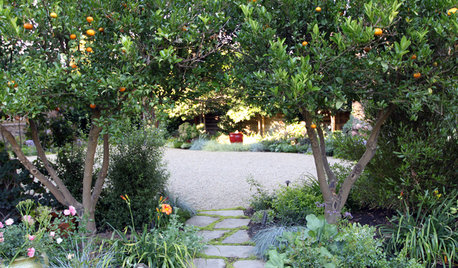
GARDENING GUIDESHow You Can Rejuvenate Your Citrus Trees This Winter
Give citrus trees a fresh start with these simple tips, and enjoy their abundant fruit and beauty
Full Story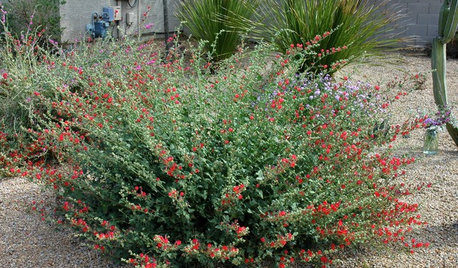
GARDENING GUIDESSouthwest Gardener's February Checklist
Orange you glad for a citrus-fertilizing reminder? And don't forget the recommended doses of vegetable seeds and cold-hardy flowers
Full Story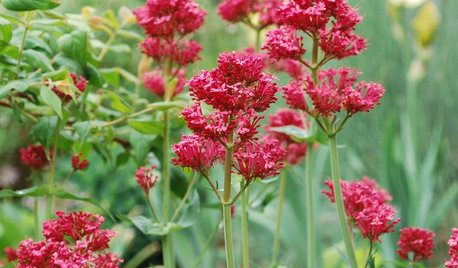
GARDENING GUIDES6 Lovely Water-Wise Perennials for High Altitudes
Even if your climate is cold and dry, you can still celebrate spring with these hardy and colorful perennials
Full Story
EDIBLE GARDENSHow to Grow 10 Favorite Fruit Trees at Home
Plant a mini orchard in fall, winter or early spring to enjoy fresh-off-the-tree fruit the following year
Full Story
WINTER GARDENINGHow to Save Your Plants From Frost
Protect tender shrubs, perennials, succulents and citrus trees with these simple tricks
Full Story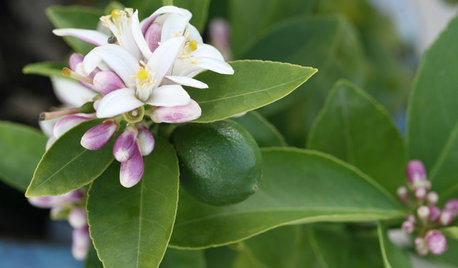
EDIBLE GARDENSTop Off Your Cocktails With Homegrown Garnishes
Find out how and where to grow popular beverage adornments such as citrus, mint, strawberries and more
Full Story
GARDENING GUIDESGreat Design Plant: Kumquats for a Juiced-Up Winter
Grow it for the edible fruit or its good looks alone. This citrus cousin will brighten any gray winter day
Full Story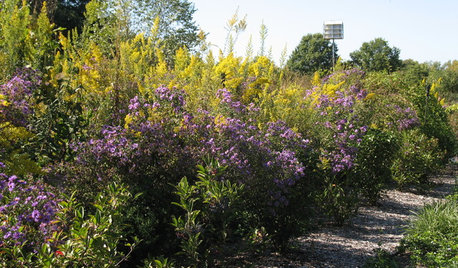
GARDENING GUIDESGreat Design Plant: Solidago Speciosa
Showy goldenrod lives up to its name in eastern U.S. gardens, with bold, upright yellow flowers appearing in early fall
Full Story





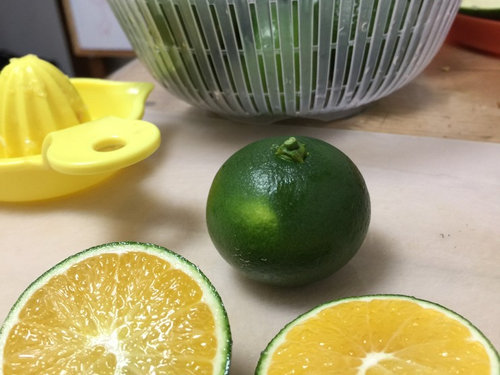
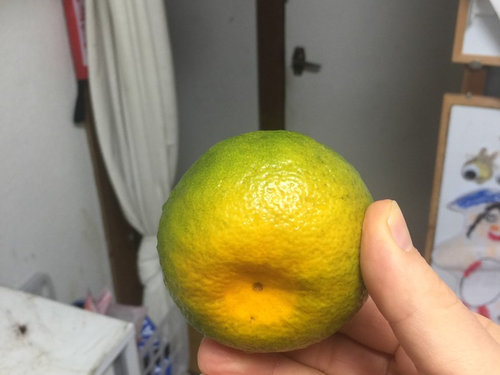

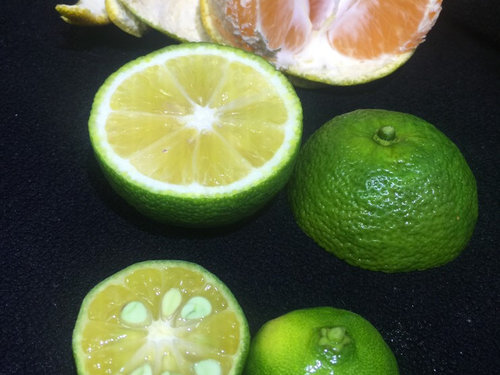

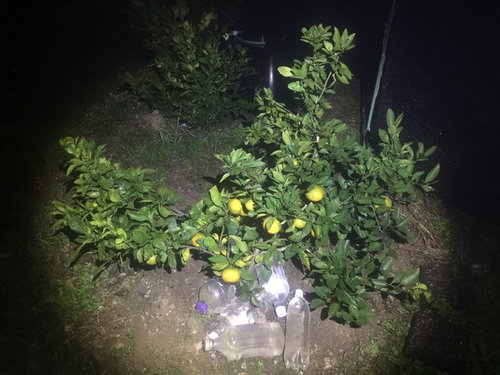

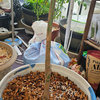

theniceguyOriginal Author